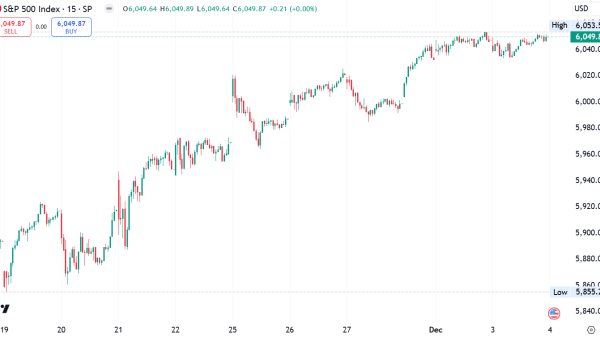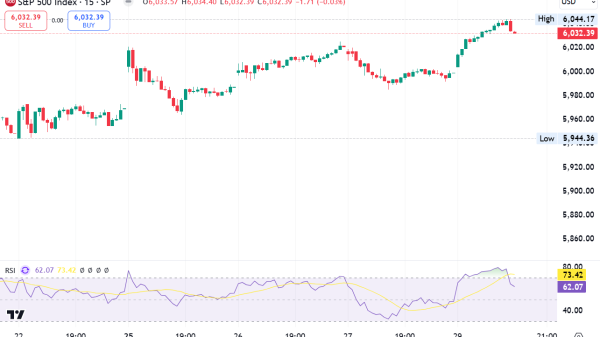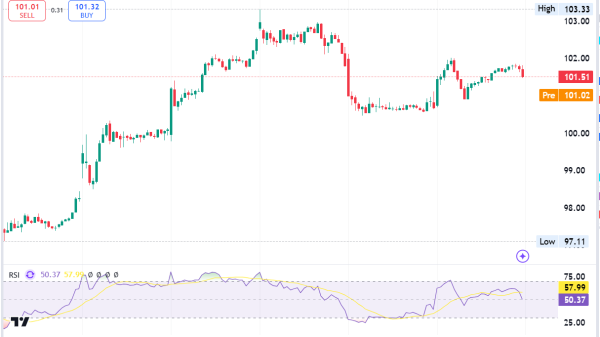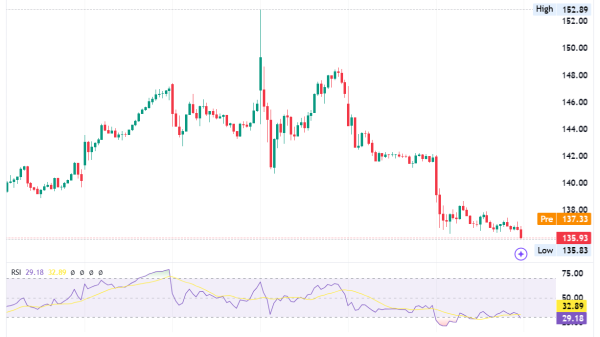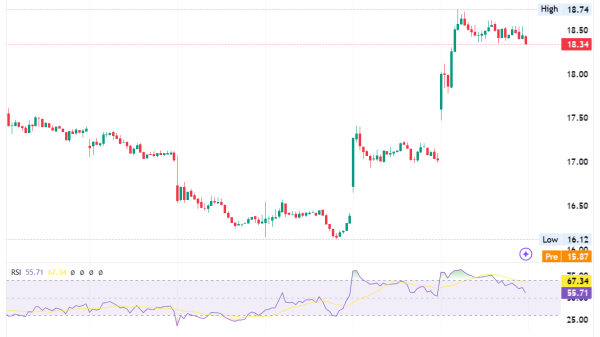What Is Cross Trading: Strategies, Pros, and Cons?
Are you familiar with cross trading? Do you know what is it?
It typically refers to a practice in financial markets where a transaction occurs between two separate parties using related instruments or assets.
This type of trading involves the simultaneous buying and selling of securities, commodities, or other financial instruments by individuals or entities who have a vested interest in both sides of the trade.
We need to mention that it can occur within the same firm or across different entities.
In some cases, cross trading can be done to facilitate liquidity or achieve portfolio management objectives. Nonetheless, it is important to note that this type of trading raises potential conflicts of interest and regulatory concerns.
Market regulators often impose rules and restrictions on cross trading to ensure fair and equitable practices and protect investors’ interests.
Interesting details
Now, let’s focus on cross trading strategies.
Cross trading strategies refer to trading approaches that involve simultaneous trades or positions in related instruments or assets. Here are several common cross trading strategies:
Pairs Trading: Pairs trading involves identifying two closely related assets or securities that historically exhibit a high correlation.
Traders take long and short positions in these assets simultaneously, aiming to profit from the price convergence or divergence between the two. When one asset’s price moves out of sync with the other, the trader executes trades to take advantage of the expected reversion to the mean.
Cross-Asset Arbitrage: This strategy involves taking advantage of price discrepancies between related assets in different markets or instruments.
Traders simultaneously buy and sell assets in different markets to profit from the price differential. For instance, a trader might buy an undervalued stock and short-sell an overvalued stock in the same industry.
Cross-Currency Trading: In the case of cross-currency trading, traders take positions in two different currencies to profit from exchange rate movements.
Index Arbitrage: This strategy involves exploiting price discrepancies between the price of an index futures contract and the underlying securities in the index.
Traders simultaneously buy or sell index futures contracts while taking offsetting positions in the constituent stocks or securities to profit from the price difference.
Cross-Commodity Trading: Traders engaging in cross-commodity trading take positions in related commodities with the expectation that price relationships will revert to historical norms.
For example, a trader might buy crude oil futures and sell natural gas futures if they believe that the spread between the two commodities is temporarily out of line.
It’s important to note that cross trading strategies can be complex and may require advanced knowledge and expertise. Traders should carefully assess risks and employ proper risk management techniques.
Pros and cons
Source: blueocean.ca
As stated above, it typically refers to a practice in financial markets where a transaction occurs between two separate parties using related instruments or assets.
This type of trading has its advantages and disadvantages.
Let’s start with the advantages.
This type of trading can enhance liquidity in the market by facilitating transactions between two parties, especially in situations where there may be limited liquidity or market depth.
Besides, it can potentially reduce transaction costs, as it eliminates the need for intermediaries or external market participation.
We also need to mention its disadvantages.
Disadvantages :
Conflict of Interest: Cross trading can give rise to conflicts of interest, particularly when trades are executed within the same entity or between affiliated accounts. As a reminder, it raises concerns about fairness, transparency, and the potential abuse of insider information.
Regulatory Scrutiny: Its activities are subject to regulatory oversight and scrutiny to ensure compliance with applicable laws and regulations. Failure to adhere to regulatory requirements can result in penalties and reputational damage.
Limited Price Discovery: Since cross trades occur directly between two parties, they may not contribute to overall market price discovery, potentially limiting transparency and the availability of market information.
Counterparty Risk: Engaging in cross trading involves counterparty risk, as traders rely on the financial stability and integrity of the other party to fulfill their obligations. There is a risk of default or non-performance by the counterparty.
It is important for market participants to carefully consider the advantages and disadvantages of cross trading and comply with applicable regulations and best practices to mitigate risks and ensure fair and orderly markets.
Which organizations are using cross trading?
Numerous companies and institutions use cross trading.
For example, investment banks often engage in cross trading activities to facilitate client transactions, manage their proprietary trading desks, and provide liquidity to the market. They may execute This type of trading to match buy and sell orders within their client base or across different accounts.
Besides, asset management firms frequently utilize cross trading to manage their portfolios efficiently. They may execute this type of trading to allocate securities across different funds or accounts under their management, optimizing asset allocation and minimizing transaction costs.
Hedge funds employ cross trading strategies to capitalize on market inefficiencies and implement complex trading strategies.
What about pension funds and institutional investors?
This type of trading allows them to execute large transactions while minimizing market impact and transaction costs.
Brokerage firms may facilitate cross trading activities on behalf of their clients. They may match buy and sell orders from different clients within their client base, providing liquidity and execution services without going through the broader market.
Market makers may participate in cross trading to provide liquidity and maintain orderly markets. They can match buy and sell orders within their own inventories, enhancing market efficiency and facilitating smoother trading.
In conclusion, it is important to understand the role of cross trading. Hopefully, it isn’t too difficult to remember what is this type of trading and what makes it so valuable to various companies.
The post What Is Cross Trading: Strategies, Pros, and Cons? appeared first on FinanceBrokerage.











